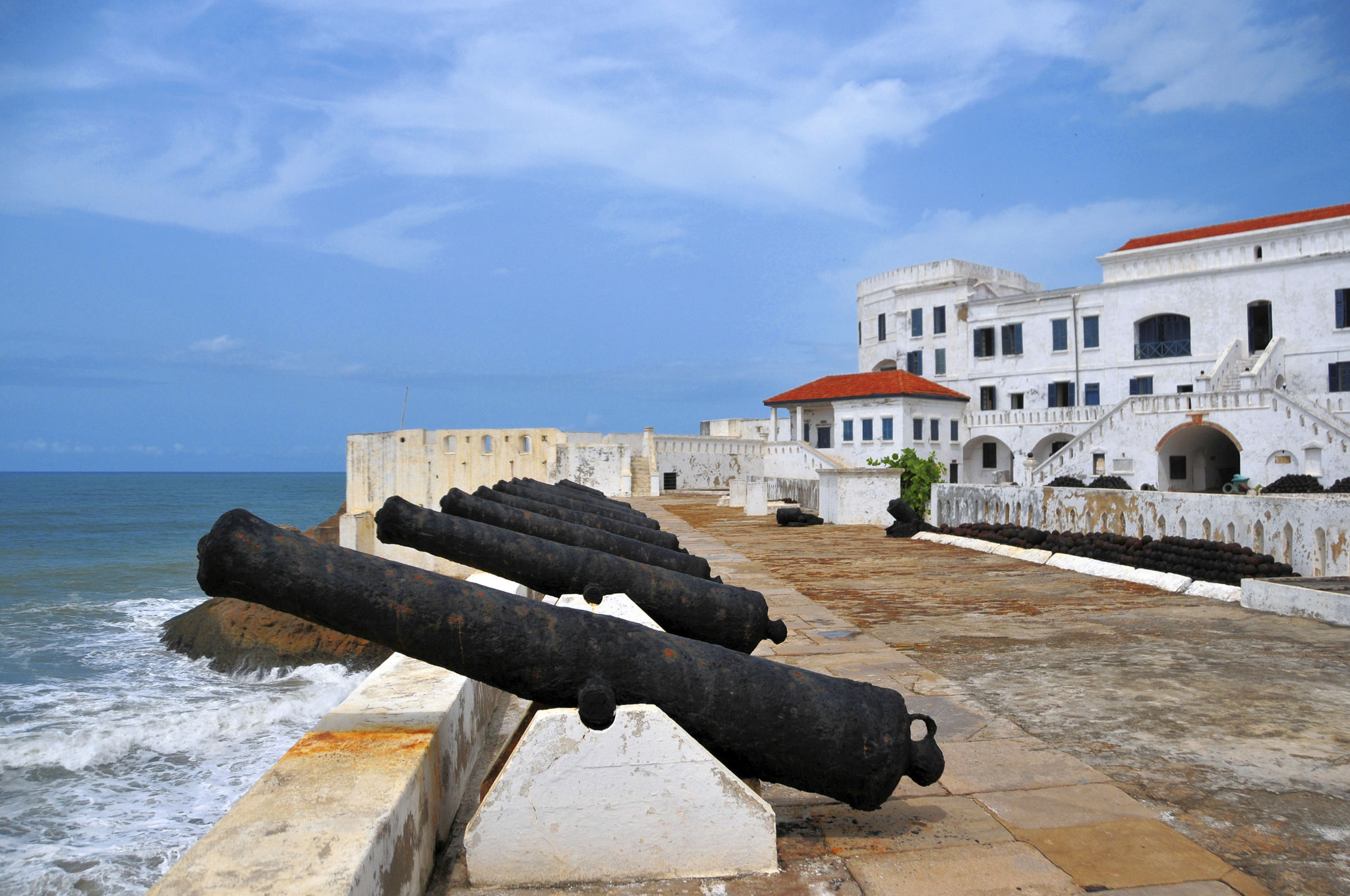The Role of Mangroves in Coastal Protection: Insights from Ghana
Understanding Mangroves and Their Importance
Mangroves are unique ecosystems found in tropical and subtropical coastal regions. These remarkable trees and shrubs are adapted to life in harsh coastal environments, thriving in salty, waterlogged soils. In Ghana, mangroves play a crucial role in maintaining the health of coastal ecosystems and supporting local communities.
One of the most significant roles of mangroves is their ability to act as natural barriers against coastal erosion and storm surges. Their intricate root systems stabilize the coastline, reducing the impact of waves and preventing soil erosion. This protective function is especially important for Ghana, where coastal communities are highly vulnerable to climate change and rising sea levels.

The Ecological Benefits of Mangroves
Mangroves provide a habitat for a diverse range of flora and fauna. They serve as breeding and nursery grounds for numerous marine species, including fish, crabs, and shrimp, which are vital to the livelihoods of many Ghanaians. The dense root systems of mangroves also trap sediments and nutrients, improving water quality and supporting the productivity of adjacent ecosystems like coral reefs and seagrass beds.
In addition to their ecological functions, mangroves play a significant role in carbon sequestration. These ecosystems store large amounts of carbon in their biomass and soil, helping mitigate the impacts of climate change. Protecting and restoring mangroves in Ghana can therefore contribute to global efforts to reduce carbon emissions.

Mangroves and Local Communities
For many communities in Ghana, mangroves are an essential resource. They provide wood for fuel and construction, as well as non-timber forest products such as honey and medicinal plants. Sustainable management of mangrove resources can enhance the resilience of these communities, ensuring that they continue to benefit from the services that mangroves provide.
Community-based conservation initiatives have been successful in some regions of Ghana, where local people are empowered to manage and protect mangrove forests. These initiatives often include education and awareness programs that highlight the importance of mangroves and involve community members in restoration projects.

Challenges Facing Mangrove Conservation
Despite their value, mangroves face numerous threats in Ghana. Coastal development, pollution, and unsustainable harvesting practices are among the primary challenges. Additionally, climate change poses a long-term threat to these ecosystems, as rising sea levels and changing precipitation patterns can alter the conditions necessary for mangrove survival.
Efforts to conserve mangroves must address these challenges through integrated coastal management strategies that balance development with environmental protection. Cooperation between government agencies, non-profit organizations, and local communities is essential to ensure the sustainable future of Ghana's mangrove ecosystems.

The Future of Mangrove Conservation in Ghana
To effectively protect mangroves, Ghana needs comprehensive policies that promote sustainable land use practices and regulate activities that impact these ecosystems. Strengthening legal frameworks and enforcing existing regulations can help reduce illegal logging and land conversion.
Research and monitoring are also critical components of successful mangrove conservation. By understanding the dynamics of mangrove ecosystems and the factors affecting their health, policymakers can make informed decisions that support both conservation efforts and community livelihoods.
Conclusion
Mangroves are indispensable to coastal protection in Ghana, offering numerous ecological, economic, and social benefits. By prioritizing their conservation, Ghana can safeguard its coastal zones against environmental challenges while promoting sustainable development for future generations.